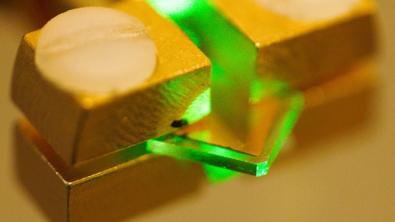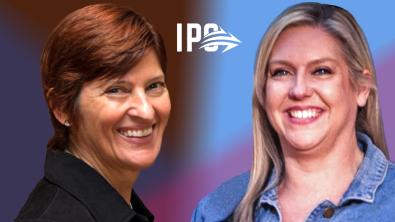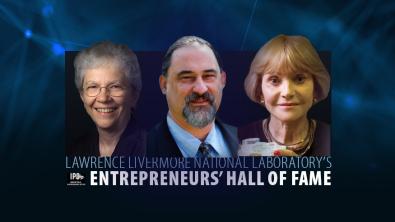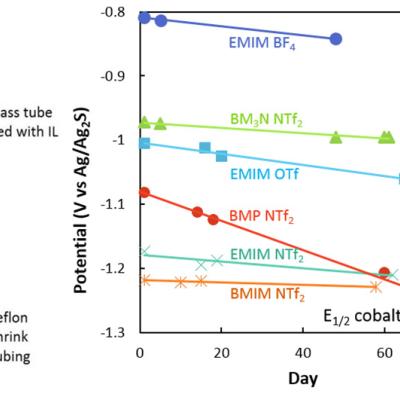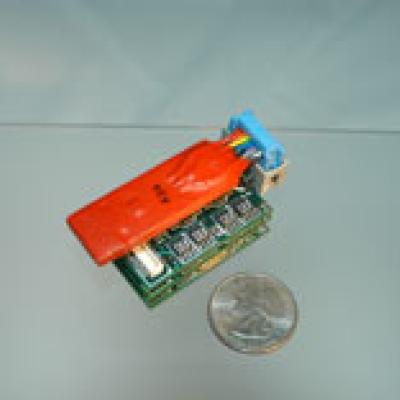This portfolio was organized to group innovations that might not be categorized in the other portfolios. Instruments are full systems integrated to perform complex electrical or mechanical work. Sensors are devices that detect, measure, or locate a physical property. Electronics are devices that manipulate electrons or control electrical energy, and the manufacturing processes that fabricate them.
Portfolio News and Multimedia
Funded through DOE’s Unlocking Lasting Transformative Resiliency Advances by Faster Actuation of power Semiconductor Technologies (ULTRAFAST) program, LLNL researchers (in Engineering) will develop an optically-controlled semiconductor transistor to enable future grid control systems to accommodate higher voltage and current than state-of-the-art devices. (Award amount: $3,000,000) while LLNL licensee Opcondys will develop a light-controlled grid protection device to suppress destructive, sudden transient surges on the grid such as those caused by lightning and electromagnetic pulses. (Award amount: $3,178,977)
The Department of Energy’s Technology Transfer Working Group recently awarded two Lawrence Livermore National Laboratory (LLNL) employees with “Best in Class” awards during their May spring meeting in Washington, D.C.
A trio of LLNL scientists have been inducted into the laboratory's Entrepreneur's Hall of Fame. Each developed technologies during or after their Lab careers that created major economic impacts or spawned new companies.

